How to Ground Yourself to Avoid Destroying a Computer with Electrostatic Discharge
Part 1 of 2:
Preparing Your Work Surface
-
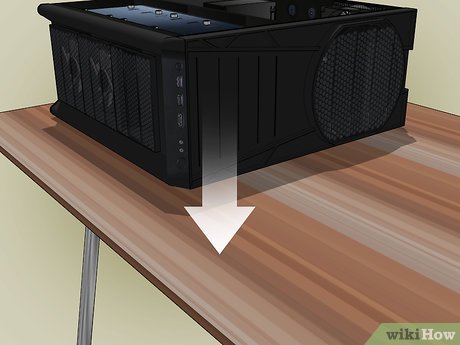 Work on a hard surface. Assemble or take apart computers on a clean, hard surface to minimize static buildup. A table, countertop, or a plank of wood will work fine.
Work on a hard surface. Assemble or take apart computers on a clean, hard surface to minimize static buildup. A table, countertop, or a plank of wood will work fine.- Your computer should never be placed on a surface such as carpet, a blanket, or a towel when performing any action that requires you to ground yourself.
-
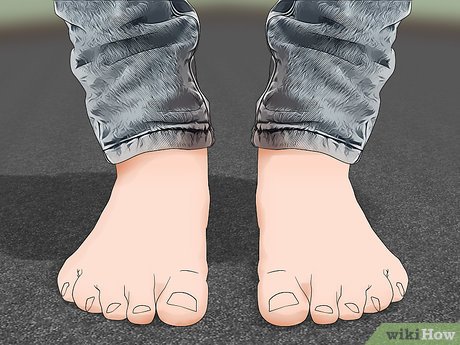 Stand on a hard floor in bare feet. Carpets and socks can give you a charge. Stand in bare feet on wood, tile, or other hard floors instead.[1]
Stand on a hard floor in bare feet. Carpets and socks can give you a charge. Stand in bare feet on wood, tile, or other hard floors instead.[1]- If you don't have the option of not standing on carpet, you'll need to be especially proactive about grounding yourself once every couple of minutes.
- You can wear rubber slippers to completely block your connection to the floor, but this is excessive for home projects.
- Any shoe with rubber soles should also be enough to block your connection to the floor.
-
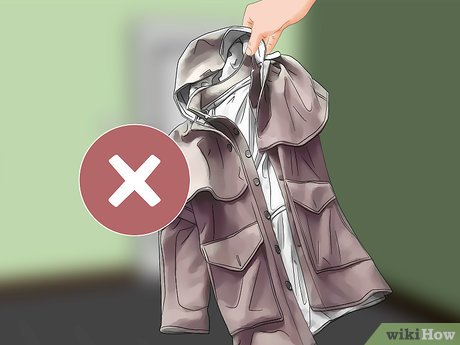 Take off all static-friendly clothing. Wool and some synthetic fabrics are especially good at gathering static, so remove these if possible and replace them with cotton clothing.
Take off all static-friendly clothing. Wool and some synthetic fabrics are especially good at gathering static, so remove these if possible and replace them with cotton clothing.- If possible, wash and dry your clothes using a dryer sheet to minimize static build-up before working on your computer.
-
 Humidify in dry weather. Static electricity is a much bigger risk in dry environments. Run a humidifier if you happen to have one, but don't bother buying one if not. The other precautions should be more than enough on their own.[2]
Humidify in dry weather. Static electricity is a much bigger risk in dry environments. Run a humidifier if you happen to have one, but don't bother buying one if not. The other precautions should be more than enough on their own.[2]- You can also humidify by hanging wet cloth in front of a radiator or fan.
-
 Keep all components in antistatic bags. All new computer components should stay in the antistatic bags they were sold in until ready for installation.
Keep all components in antistatic bags. All new computer components should stay in the antistatic bags they were sold in until ready for installation.
Part 2 of 2:
Grounding Yourself
-
 Understand how grounding works. In order to prevent built-up static from transferring from you to a sensitive computer component, you'll need to discharge the static into something more durable. In most cases, this is a metal item that is either touching the floor or touching a series of items leading to the floor.
Understand how grounding works. In order to prevent built-up static from transferring from you to a sensitive computer component, you'll need to discharge the static into something more durable. In most cases, this is a metal item that is either touching the floor or touching a series of items leading to the floor. -
 Use your computer's case to ground yourself. The majority of builders use this technique: before touching or installing something that can be harmed by ESD (e.g., the motherboard), place your hand on an unpainted metal piece of the computer's case.
Use your computer's case to ground yourself. The majority of builders use this technique: before touching or installing something that can be harmed by ESD (e.g., the motherboard), place your hand on an unpainted metal piece of the computer's case.- You can even lay your non-dominant arm on the metal part of the case while installing the component if you want to be absolutely positive that ESD won't harm it.
-
 Touch grounded metal objects every couple of minutes. This must be unpainted metal with a clear ground path, such as a metal radiator or the bay shielding on your computer's case. This is the quick and easy option, and many people build computers without taking any other precautions.
Touch grounded metal objects every couple of minutes. This must be unpainted metal with a clear ground path, such as a metal radiator or the bay shielding on your computer's case. This is the quick and easy option, and many people build computers without taking any other precautions.- There's a small but definite risk that this will not be enough. Rely on this only if your project is quick and the components are not valuable.
-
 Ground yourself with an anti-static wristband. These cheap items are sold at electronics stores and in online markets. Wear the wristband tight against your skin, and clip the dangling end onto a grounded, unpainted metal object such as a screw.
Ground yourself with an anti-static wristband. These cheap items are sold at electronics stores and in online markets. Wear the wristband tight against your skin, and clip the dangling end onto a grounded, unpainted metal object such as a screw.- Do not use a wireless wristband, as these do not work.[3]
- If you get a wristband with a loop (rather than a clip), it's easy to slip it over the center screw on a wall outlet plate. This is supposed to be grounded (at least in US code), but you may want to double-check with a multimeter.[4]
-
 Connect yourself to a grounded metal object via a wire. A common technique for keeping oneself grounded is tying a conductive wire, such as copper, around one's toe or wrist and then tying the other end around a grounded, unpainted metal object. This is ideal if you have the materials on-hand and don't have a way to work on a hard surface.
Connect yourself to a grounded metal object via a wire. A common technique for keeping oneself grounded is tying a conductive wire, such as copper, around one's toe or wrist and then tying the other end around a grounded, unpainted metal object. This is ideal if you have the materials on-hand and don't have a way to work on a hard surface. -
 Work on an ESD mat. Buy an ESD mat rated for "conductive" or "dissipative", then place the computer parts on the ESD mat and touch the mat as you work. Some models will have a place to clip your wristband onto as well.
Work on an ESD mat. Buy an ESD mat rated for "conductive" or "dissipative", then place the computer parts on the ESD mat and touch the mat as you work. Some models will have a place to clip your wristband onto as well.- Go with a vinyl ESD mat for computer repair; rubber is more expensive and not necessary for this purpose.
- Unless you value your peace of mind highly, this is above and beyond for most home projects.
5 ★ | 2 Vote
You should read it
- How to set up static IPs for computers
- How to assign static IP addresses in Windows 7, 8, 10, XP or Vista
- Static member of class in C ++
- Successfully formulated, programmable, liquid metal fabrication that can conduct electricity
- Exotic metal knows 'transformations' back to the original shape no matter how deformed
- Set up the Linksys router with a static IP address
- How to set a static IP on Windows 11 simply
- What is CGI? How does CGI work?
May be interested
- Instructions on how to discharge the phone battery to make the battery last longer
 cyclic discharge of your phone battery will help prolong the battery life of your phone. the plus point of discharging the phone battery is that it's very simple.
cyclic discharge of your phone battery will help prolong the battery life of your phone. the plus point of discharging the phone battery is that it's very simple. - Not only does it hit the ground, lightning can also strike back from the ground to the sky
 usually, thunderstorms come down from the sky but in reality, there is a type of lightning that strikes back from the ground.
usually, thunderstorms come down from the sky but in reality, there is a type of lightning that strikes back from the ground. - Couple Destroying Run - A fun game for young FAs to break couples in love
 the couple destroying run is a fun and extremely funny game that helps the long-time fas to do what they want to do long ago, breaking the lovers on the road.
the couple destroying run is a fun and extremely funny game that helps the long-time fas to do what they want to do long ago, breaking the lovers on the road. - Wuhan team: 3-10% of Covid-19 patients after discharge were positive for the virus but did not infect others.
 to clarify whether or not covid-19 patients were 're-infected with the virus' after discharge from hospital, doctors in wuhan conducted a number of studies.
to clarify whether or not covid-19 patients were 're-infected with the virus' after discharge from hospital, doctors in wuhan conducted a number of studies. - The first aircraft black box connected online to the ground
 honeywell technology solutions (hts) in cooperation with the us corporation curtiss-wright has successfully developed the world's first aircraft black box that can be connected online to the ground, allowing continuous data collection during the flight.
honeywell technology solutions (hts) in cooperation with the us corporation curtiss-wright has successfully developed the world's first aircraft black box that can be connected online to the ground, allowing continuous data collection during the flight. - Choose what age to land at the beginning of the year when Dinh Dau gave the family lots of luck
 on the first day of the new year, vietnamese families often choose good people, homeowners to storm the land (home) with the wish that everything will be smooth, smooth and peaceful ... so in the new year of rooster dinh, age which would be suitable to land?
on the first day of the new year, vietnamese families often choose good people, homeowners to storm the land (home) with the wish that everything will be smooth, smooth and peaceful ... so in the new year of rooster dinh, age which would be suitable to land? - How to Body Drop or Channel a Truck
 lowering a truck to the ground can make it stand out anywhere you go. there are two ways to modify the floor of your truck so that the body drops lower to the ground. the first is a body drop, and the second is called channeling. for years...
lowering a truck to the ground can make it stand out anywhere you go. there are two ways to modify the floor of your truck so that the body drops lower to the ground. the first is a body drop, and the second is called channeling. for years... - How to Avoid Costly Computer Service Calls
 computer technicians can be expensive to hire even for small tasks such as virus removal. practicing good preventative maintenance and performing basic troubleshooting yourself can help avoid unnecessary service calls. install anti-virus...
computer technicians can be expensive to hire even for small tasks such as virus removal. practicing good preventative maintenance and performing basic troubleshooting yourself can help avoid unnecessary service calls. install anti-virus... - Top 4 common mistakes to avoid when cleaning your computer
 cleaning your windows pc from time to time is advisable, to keep it running smoothly and free up some space. however, it is easy to 'trap' over-cleaning, resulting in your computer malfunctioning. here are four common mistakes you should avoid:
cleaning your windows pc from time to time is advisable, to keep it running smoothly and free up some space. however, it is easy to 'trap' over-cleaning, resulting in your computer malfunctioning. here are four common mistakes you should avoid: - How to avoid drama and trouble
 whether it's drama from parents, friends, co-workers, or neighbors, you can set boundaries and stay away from it for good. here are tips for avoiding drama and the negativity that comes with it.
whether it's drama from parents, friends, co-workers, or neighbors, you can set boundaries and stay away from it for good. here are tips for avoiding drama and the negativity that comes with it.
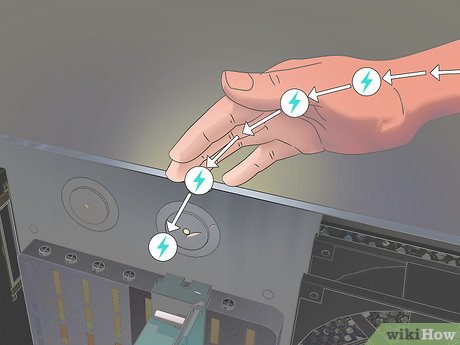
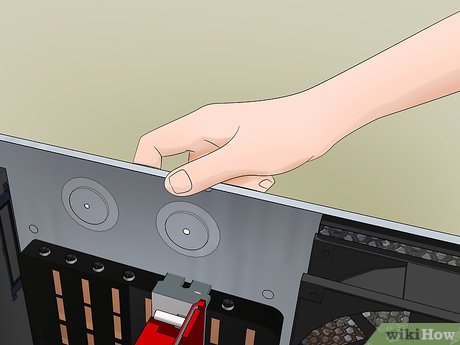
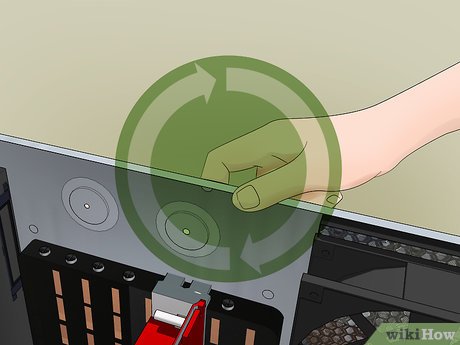
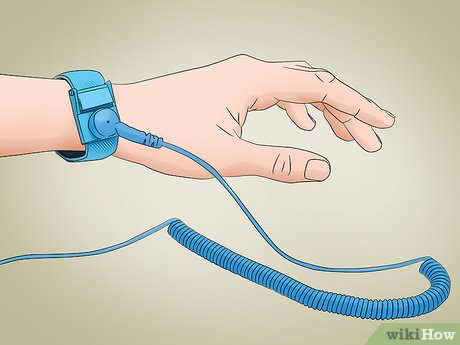
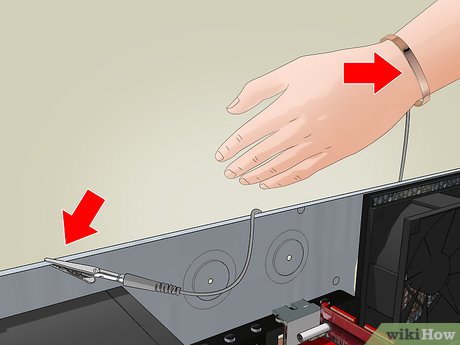
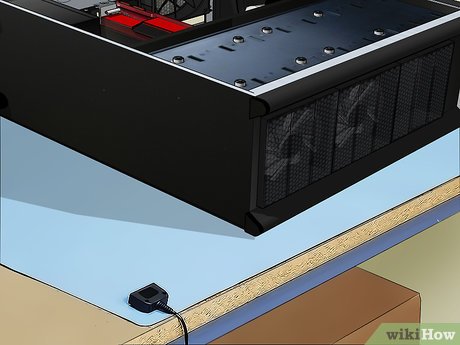








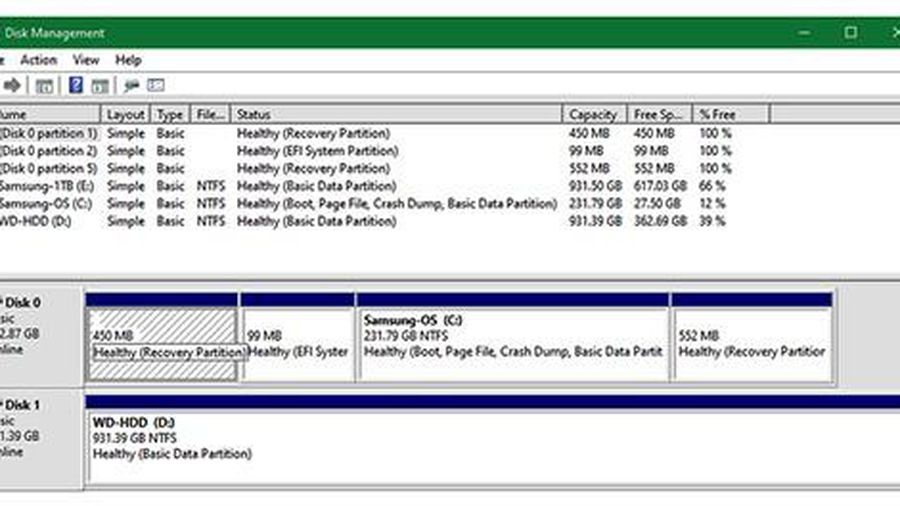

 How to Rip DVD Movies to Smart Devices
How to Rip DVD Movies to Smart Devices How to Use Daniusoft DVD to Mobile Phone Suite
How to Use Daniusoft DVD to Mobile Phone Suite How to Burn Xvid Videos to DVD
How to Burn Xvid Videos to DVD How to Copy a DVD Onto a Computer
How to Copy a DVD Onto a Computer How to Record Audio from a DVD
How to Record Audio from a DVD How to Store DVDs
How to Store DVDs